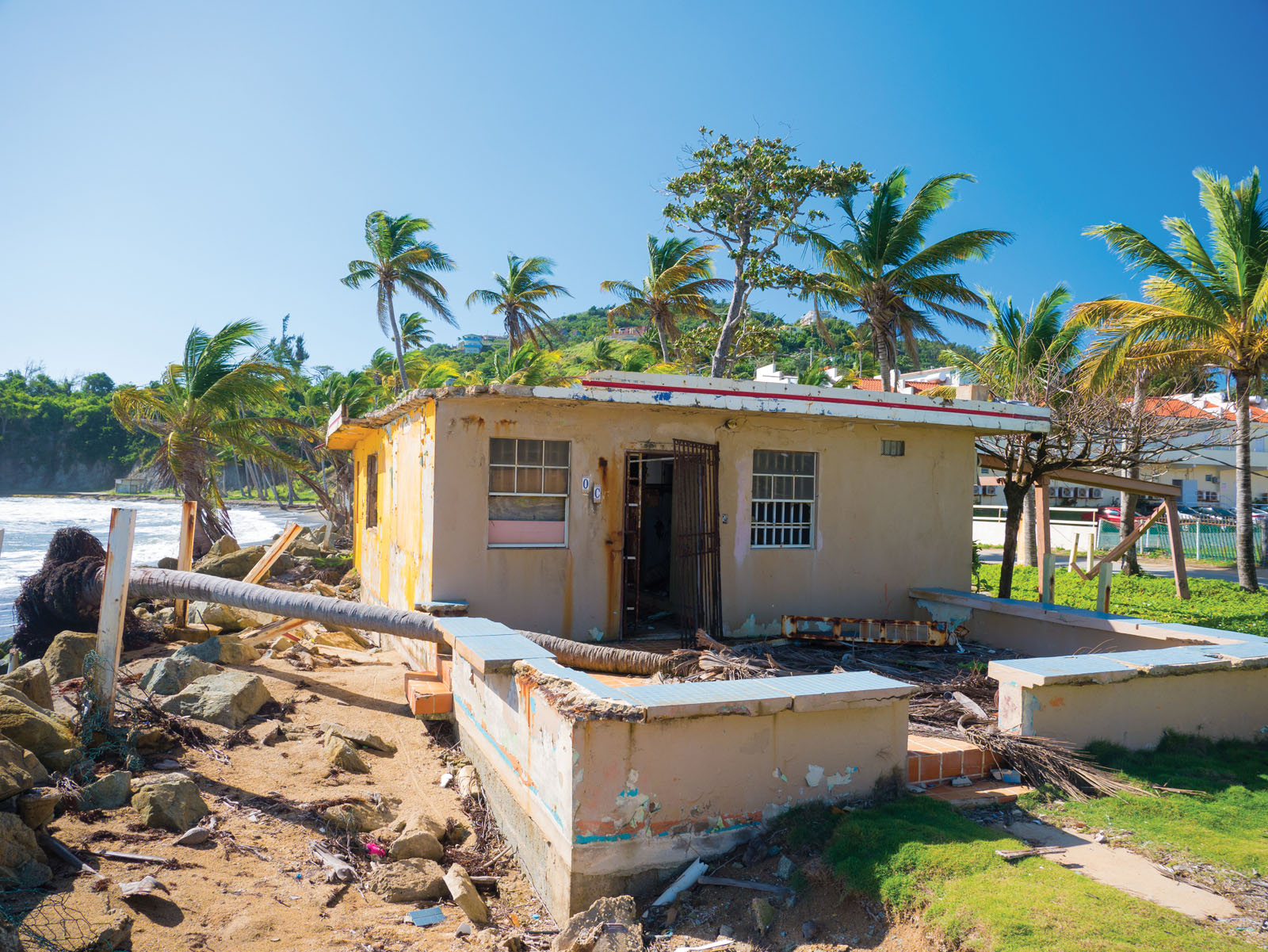
As city and county managers across the United States grapple with an unprecedented public health crisis, the need to build local capacity to withstand, adapt to, and recover from natural and manmade disasters has never been more critical.
However, all too often we find that disaster preparedness is viewed as the sole responsibility of public safety and/or emergency management departments, residing in a silo and rarely receiving the attention or investment from the broader organization, at least until a crisis presents itself. This silo approach is not only precarious, but it misses tremendous opportunity to create collateral benefits within your organization, your staff, and the greater community.
Indeed, focusing your limited time, energy, and resources on a counterfactual effort such as disaster preparedness and mitigation can often times be difficult to justify to both your council and constituents—particularly amid mounting citizen demands for public-facing services and dwindling traditional revenue streams. However, for a moment, consider the past 30 years:
• The average number of billion-dollar disasters per year in the United States has quadrupled, from an average of approximately three per year during the 1980s to a staggering twelve per year in the 2010s.
• The costs associated with these disasters have skyrocketed, from average losses of $13 billion per year in the 1980s to an unprecedented $80 billion per year in the 2010s.1
The upward trajectory of both frequency and severity of natural disasters is expected to continue in the United States for the foreseeable future, and the challenges and complications that emerge will put local government preparation to the test. Pervasive issues of social inequity and economic fragility will be exacerbated in this new normal, as will the potential need to address overlapping and/or simultaneous crises (e.g., COVID-19 and the impending hurricane season for coastal communities in the United States). Preparing for such an environment requires a purposeful shift from the silo mentality that so many of us often fall victim to a systems-thinking approach that integrates disaster resilience across the organization and is inclusive of both internal and external stakeholders. Contrary to popular belief, this can be easier than it may seem.
Establish a Resilience Champion
Identify a high-performing, passionate individual in your organization that can galvanize your organization around holistic disaster preparedness. While advantageous to appoint someone with disaster management knowledge and experience, it is not entirely necessary if that expertise is not readily available in your existing roster. The primary responsibility of this person should be the generation and maintenance of momentum among your stakeholder groups.
Muster Your Team
As disasters disrupt nearly every sector of your community, it is imperative that all sectors are represented in each phase of disaster risk reduction: hazard assessment, program planning, and project implementation. Disaster planning requires a whole-of-government approach.
Establish a standing working group that includes municipal officials from across the organization, including (but not limited to) finance, public works, utilities, health and human services, parks, planning/zoning/community development, public safety, and city council. Provide a clear understanding of what each official’s role in disaster planning should be and make sure they agree. Give clear action items from one meeting to the next and send reminders so these do not get lost between meetings.
Be Inclusive of External Stakeholders
In addition to department heads and elected officials within your organization, convene a broader stakeholder group that includes representatives from the business community and local nonprofit groups. The interests of these groups typically align with those of the municipality in terms of disaster preparedness, response, and recovery as they advocate for resilient social, economic, and physical infrastructure in their communities. Chambers of commerce can be powerful actors, as issues of resilient infrastructure, economic opportunity, and continuity of operations are of mutual interest between the business they represent and the localities in which they’re located.
For example, in one suburban community in the northeast United States, the municipal administrator invited the president of the Chamber of Commerce into a Community Resilience Assessment and Planning Workshop, which identified hazards and vulnerabilities specific to this community, and prescribed practical actions to build disaster capacity. Local officials benefited from the unique insights of the business community related to disaster preparation, and in turn, the chamber became one of the community’s strongest advocates for public and private investment in risk mitigation and resilience.
Similarly, the nonprofit sector is often an advocate for the very issues that are fundamental to integrated disaster preparedness, including safe and affordable housing, social equity, and access to services and opportunities. In short, make friends before you need them!
Institute Regular Stakeholder Meetings
Facilitate communication, collaboration, and accountability of all stakeholders through regularly scheduled convenings of all your stakeholder groups. Get your team on the same page with an initial stakeholder workshop to create a common understanding of your community’s hazards, vulnerabilities, and assets. Hold subsequent, recurring meetings (perhaps quarterly) to coalesce various interests and identify opportunities for collaboration. Establish well-defined subtopics within disaster preparedness for each meeting to keep the multitude of stakeholders on track, making incremental progress toward integrated disaster management and community resilience. One successful strategy is to rotate meeting hosts between department heads, allowing each meeting to center around a given topic (i.e., planning, finance, economic development, social services, etc.). Assign stakeholder coordination and meeting logistics to your resilience champion.
Integrate Planning Efforts
Each department within your organization likely has a strategic plan unique to the purpose, goals, and initiatives of that department. Without proper collaboration and cross-departmental communication, these plans risk contradiction, potentially reinforcing a silo mentality and creating competition between various service areas. Perform an analysis of the various strategies and initiatives to identify potential collateral benefits of potential projects. Assess how these projects can be leveraged with existing assets across the organization, and consider the collateral benefits of cross-departmental project collaboration. The best resilience projects will serve multiple purposes and provide a host of secondary benefits, such as job creation, land reuse, decreased environmental impact, and bankable income. Furthermore, this exercise will also serve as a gap analysis, to see where there may be further opportunities to integrate disaster management into existing departmental plans.
Disaster preparation and resilience planning is a critical component for all local governments, but is not something that can be completed all at once—or by one person. To be successful, focus on integrating disaster planning across your organization, engaging others who can help and have a role to play, and maintaining your community’s overall progress and commitment to the process.

ENDNOTE
1 NOAA National Centers for Environmental Information (NCEI) U.S. Billion-Dollar Weather and Climate Disasters (2020).
New, Reduced Membership Dues
A new, reduced dues rate is available for CAOs/ACAOs, along with additional discounts for those in smaller communities, has been implemented. Learn more and be sure to join or renew today!
